 Joff Wild of IAM Magazine predicts that the Federal Circuit’s en banc rehearing of the In re Bilsk case signals a move to restrict the patentability of software and business methods. He predicts that the Federal Circuits decision will bring the United States closer in line with how Europe treats this subject matter.
Joff Wild of IAM Magazine predicts that the Federal Circuit’s en banc rehearing of the In re Bilsk case signals a move to restrict the patentability of software and business methods. He predicts that the Federal Circuits decision will bring the United States closer in line with how Europe treats this subject matter.
He provides the following reasons:
- Its rare for cases to be heard en banc
- The Federal Circuit is aware that recently the U.S. Supreme Court has been placing limits on patent holders rights
- Congress is considering the Patent Reform Act and the Federal Circuit’s Chief Judge is opposed to the changes in the Patent Reform Act
Rule 35 [link, PDF] of the Federal Circuit Rules of Practice provides that an en banc rehearing is ordered by a majority vote of the active circuit judges. It states that en banc rehearing is not favored and ordinarily will not be ordered unless:
- en banc consideration is necessary to secure or maintain uniformity of the court’s decisions; or
- the proceeding involves a question of exceptional importance.
Here, the court may be answering the Board of Patent Appeals and Interference’s (Board) request for guidance in determining what is patentable subject matter under section 101. The Board stated in its decision [PDF] that “Several major analyses of statutory subject matter [under section 101] have been published recently.” The Board continued, “The USPTO is struggling to identify some way to objectively analyze the statutory subject matter issue instead of just saying ‘We know it when we see it.’ ”
It is possible that the Federal Circuit could provide a framework for determining patentable subject matter under section 101 without restricting the patentability of software and business methods. However, it may also be that the Federal Circuit will provide a section 101 framework that restricts software and business method patents.
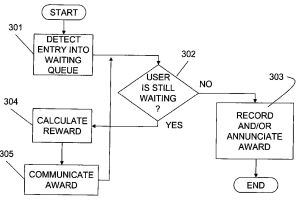
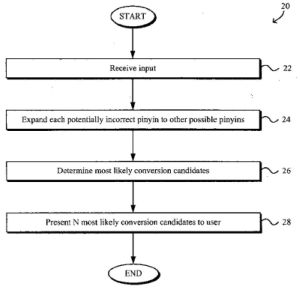
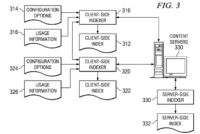 A
A 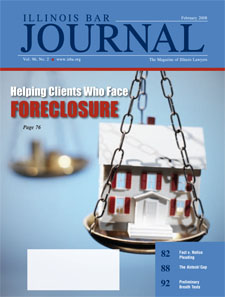 The
The  environment, but are now happening because the cost is now zero." Chris also touched on 3D printing in his first book,
environment, but are now happening because the cost is now zero." Chris also touched on 3D printing in his first book,  Today, the Silicon Prairie Social organizers announced their
Today, the Silicon Prairie Social organizers announced their 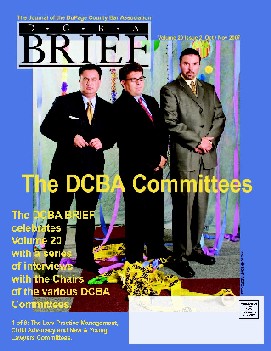 I was the lead article editor for the November 2007 issue of The Brief [
I was the lead article editor for the November 2007 issue of The Brief [ Tonight, the first
Tonight, the first